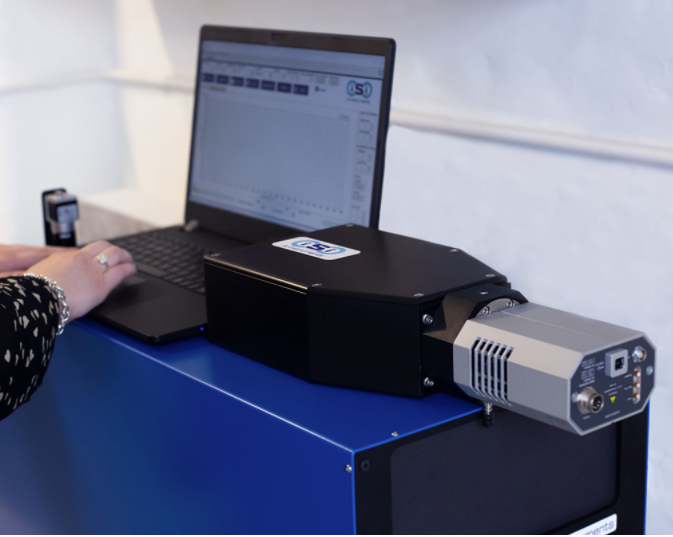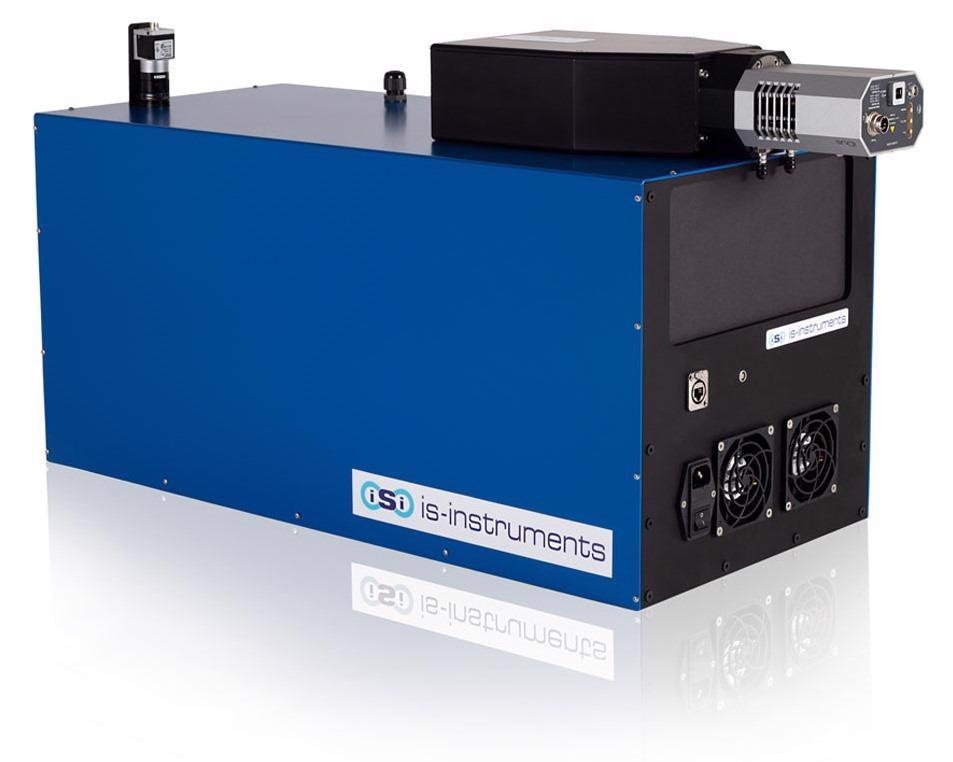The Deep UV Raman spectrometer from IS Instruments functions in the ultraviolet range of the spectrum, ranging between 200 and 280 nm. Deep UV Raman spectroscopy provides the potential; to determine, detect and measure substances at much lower concentrations compared to what is possible with other near-visible, UV, or infrared (IR) techniques.
Fluorescence Raman signatures become spectrally separated at UV wavelengths. In complicated biomolecules, aromatics and chromophores resonate leading to a considerably amplified Raman signature in comparison to the analogous measurements in the spectrum’s visible region.
Furthermore, deep UV Raman analysis enables the study of the structure and dynamics of complicated materials like nucleic acids and proteins.
ODIN - IS Instruments’ deep UV resonant Raman spectrometer - enables users to see into previously hidden worlds.

Image Credit: IS-Instruments, Ltd.
Product Specification

ODIN, ISI's Deep UV Raman Spectrometer. Image Credit: IS-Instruments, Ltd.
ODIN Specification. Source: IS-Instruments, Ltd.
| Feature |
Detail |
| 228.5 nm excitation laser wavelength |
|
| High etendue Raman spectrometer |
Maximizes light collection |
| Operating Range |
600-2000 cm-1 |
| Resolution |
<2 cm-1 |
| Detector |
Andor iDus 420 |
| Fiber coupled |
FC-PC connectorized |
| Fiber aperture |
600 μm |
| Fiber NA |
0.22 |
| Dimensions |
Tabletop |
ODIN: Deep UV Raman Spectroscopy
There are two main reasons why users should operate at ultraviolet wavelengths:
- Several biological samples that resonate at their Raman signatures are substantially amplified compared to their Raman excitation wavelengths in the visible region of the spectrum.
- Fluorescence mitigation - fluorescence and Raman signatures become spectrally separated at UV wavelengths.
Present systems utilize either pseudo-pulsed lasers with low net powers or high-powered gas-pumped lasers. These are costly to buy as well as to maintain, needing either gas purging or water-cooling. This has restricted their application to steadfast research facilities. ODIN alters all that. It is a compact, ancillary-free instrument capable of unparalleled Raman characterization of complicated biological materials.
Key Features/Benefits
- Size – ODIN can be kept on a desk
- Diode laser – no need for water cooling or gas purge
- Price – it is considerably cheaper compared to other UV Raman instruments
- Improves throughput while restricting power density at the target
Applications Include:
- Biomedical
- Biopharmaceutical
- Process manufacturing
- Security or defense